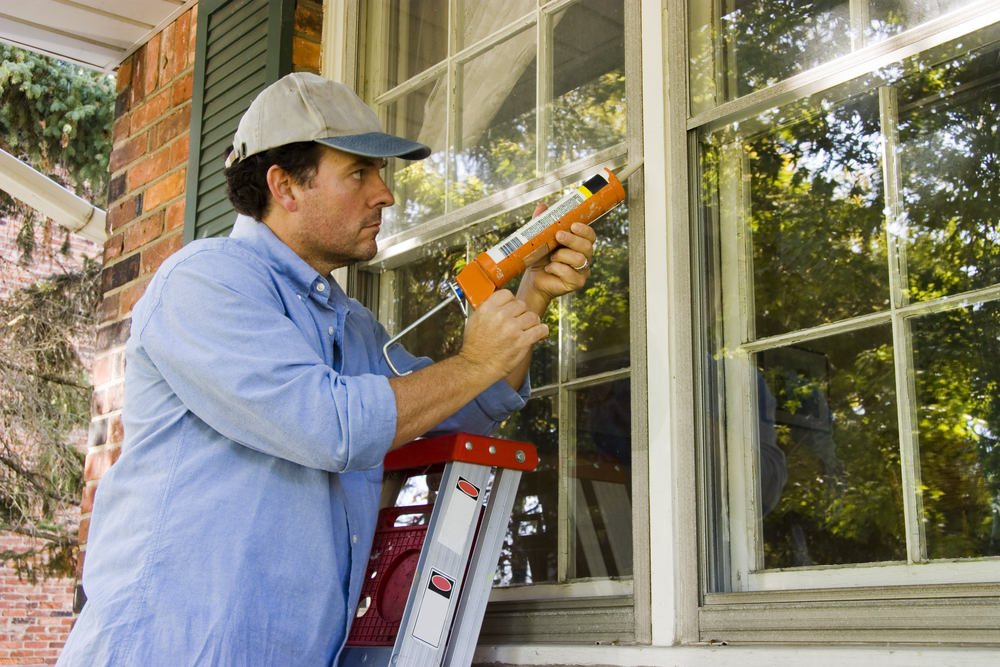Reasons You Need to Weatherseal Your Home This Winter
Reasons to Weather Seal Your Home This Winter
Guest Post by Alek Sabin
When the winter season rolls around, it tends to be a bit cooler in most homes, but you don’t have to settle for having a freezing house during the cold months. Weather sealing your home is a fairly simple process and can be done in a handful of hours during a weekend or afternoon. While most people hate doing winter-time chores (after all, who likes shoveling walks and driveways?), there are so many benefits to weather sealing your home that it is practically insane not to. Here are some reasons that you should weather seal your home for winter…
Save Money on Energy Costs
As we’ll get to below, most homes don’t meet federal standards of high energy efficiency. The Environmental Protection Agency estimates that the average homeowner could save 20-40 percent on their current utility bill if they changed their insulation to meet the proper standards. This can add up to be hundreds of dollars, or even thousands, every year. Weather sealing your home doesn’t cost a whole lot when you compare the routine costs of heating your house, which is why you should attempt to get to it before winter comes around. The best part? Those savings will remain during the summer months, as well, and will also last several years down the line.
Greener Living
The way you insulate your home may have the biggest impact on your energy efficiency year round. According to the Department of Energy, 65 percent of homes do not have insulation that meets the current energy efficiency insulation standard. If you want to contribute towards being more energy efficient and sustainable, which is a goal that more and more people are hopping on board to strive for, then weather sealing your home is a perfect opportunity to do so. Heating your home during winter takes a considerable amount of energy and produces a healthy amount of emissions. If everybody took a few small steps to get better at how much energy they use in the winter, we’d all be in a lot better spot.
Reducing the Risks of Pests
When temperatures start to drop, mice, spiders, and plenty of other pests are looking for a warm place to crash during the winter. For all those creepy crawlies, your home is liable to look like a perfect candidate. Particularly with mice, this can be problematic, as mice tend to breed and nest in the winter, which means your mice problem could quickly multiply and get out of hand. This is another important reason why it is important to weather seal around your doors and windows, where cracks in the caulk or other gaps make the perfect opportunity for mice to slip into your home and settle down for the winter.
Get Rid of Cold Spots Around Windows
You know when you cozy up by a window during the winter time, holding a hot chocolate and looking out at the winter wonderland outdoors, but it’s absolutely freezing right there? Well, this is largely because windows naturally act as a conductor for higher or lower temperatures. Your windows essentially act like open doorways for the outside temperature to seep into your home, which increases the amount of energy required to heat the inside of your home in winter. Because of this, window treatments and sealing around windows are key aspects of weather sealing a home.
How Weather Sealed Is Your Home Now?
You can check what level of weather seal your home is currently at in a few ways. Aside from checking the seals around doors, windows, and garages (which is the first thing you should do), you can also take some steps to check how effective your insulation is in a few easy ways.
If you’re looking to update the insulation in your existing home, you’ll need to know how to check it. Look for an exposed area in your home where you can check the type and thickness (in inches) of your insulation. Check the attic, walls, garage, and basement for these places. An easy way to check insulation is to go through an outlet. To do this, turn off power to the outlet and remove the cover, shining a flashlight into the area around it. You should be able to see what type and possibly the thickness. If you need to, pull out a section of the insulation and determine the type and depth from that.
Though you can probably do this on your own if you feel the slightest bit uncomfortable with going through this process, hire a professional to check your insulation for you.


 Follow
Follow





No Comment